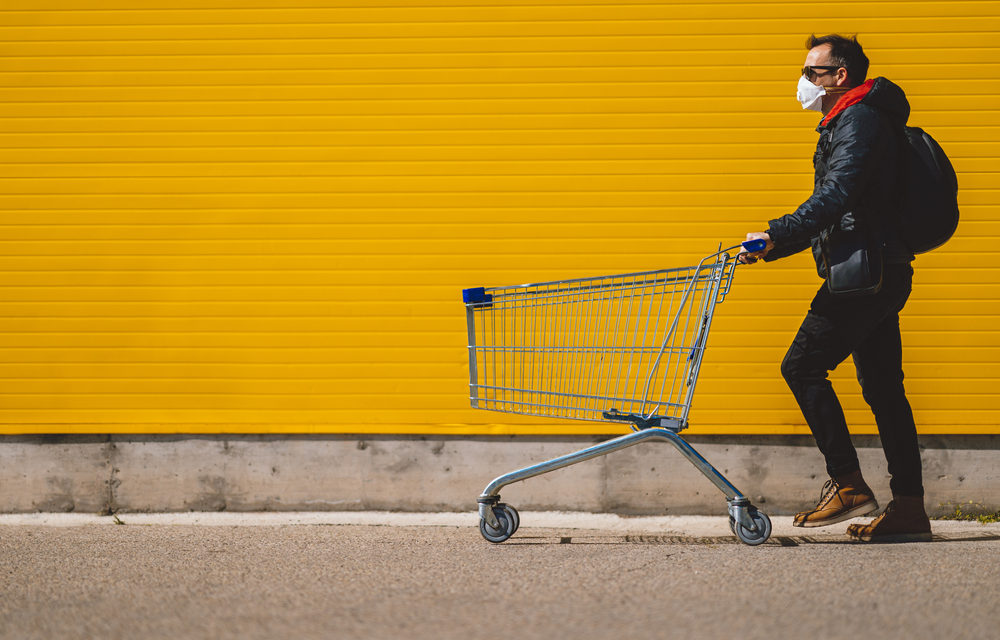Dive Brief:
- Due to economic uncertainty as well as job and income loss, 62% of U.S. consumers in the first quarter have reported cutting back on spending, slightly down from the 64% during the peak of the pandemic, according to a report released Wednesday by the Conference Board.
- Still, consumers also indulged, financially and otherwise, according to the report. Sales of expensive at-home exercise equipment, fresh produce and wellness products spiked, as did alcohol sales and anti-anxiety products and services like medication, meditation and cannabis.
- One of the most enduring changes in consumer behavior is likely to be the increase in online and mobile shopping and the demand for convenience, per the report. Researchers found that e-commerce peaked at 16.1% of sales in the second quarter of last year, though they also note that digitization of retail has gone beyond where something is purchased.
Dive Insight:
While everyone may be eager to get back to normal post-pandemic, it’s becoming increasingly clear that there really is no such thing. The trick for any business, like retail, catering so directly to consumers is to figure out which pandemic behaviors will change back, and which will stick.
“For American consumers, COVID-19 has accelerated pre-existing trends and crystallized new preferences and priorities,” said Denise Dahlhoff, senior researcher, consumer research at The Conference Board, in a statement. “The three trends promoted by the pandemic — digitally enabled convenience, frugality, and health and wellness — will continue to drive consumers’ behavior as the pandemic subsides. The most successful brands will be those that address these needs, ideally offering solutions for consumers that don’t force trade-offs but rather balance these three at-times divergent priorities.”
Other studies have similarly noted that the e-commerce growth witnessed during the pandemic is here to stay. Necessitated by the disease outbreak and enabled by services like in-store pickup, online sales reached nearly 21% of total sales in the U.S. during the holidays, according to GlobalData. And Adobe expects e-commerce spending this year to grow between $850 billion and $930 billion and reach $1 trillion in 2022.
Stores have been looped in here, though. In the U.S., physical stores supported nearly 37% of e-commerce holiday sales — up 5 percentage points over 2019, per GlobalData.
But the financial precariousness of many U.S. consumers, worse for many during the pandemic, casts a shadow. In January, over 40% of consumers that demographically identified as Black, Latino, lower-paid or less-educated reported difficulty meeting their household expenses. Such insecurity is likely to continue to fuel sales of rental and secondhand clothing and more private label consumer goods.
“As in previous downturns, this change in spending patterns may be slow to reverse, with many likely to stick to cheaper products and sales channels over name brands even after their finances recover,” per the report.
Follow Daphne Howland on Twitter

